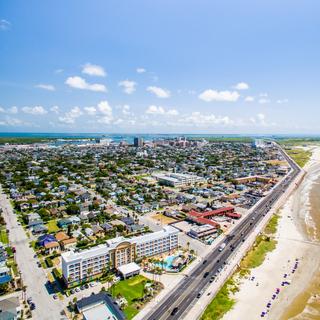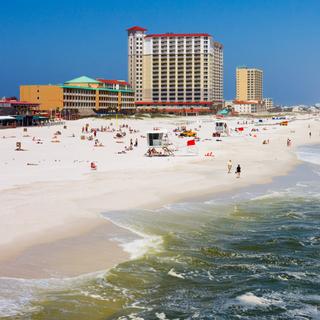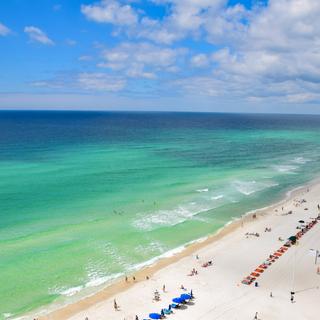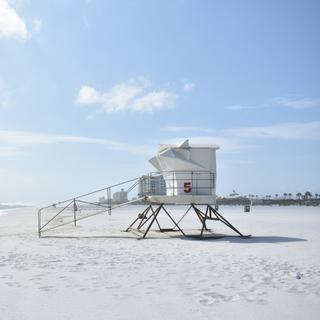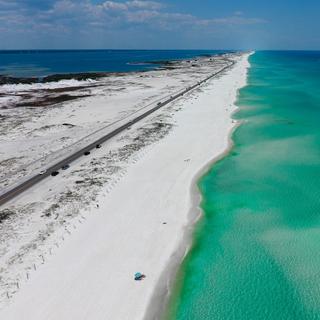New Iberia, LA weather and climate in 2025
Day
18 °C
Night
7 °C
Sea
17 °C
Precipitation
130 mm
in month
Rainy days
10 days
in month
Daylight
10 hours
average
Sunshine
5 hours
average
Humidity
77 %
Weather charts for New Iberia, LA
Find more destinations like this
Closest destinations for New Iberia, LA
Closest cities for New Iberia, LA
Weather overview for New Iberia, LA
Weather overview
New Iberia, LA, thrives in a humid subtropical climate with long, hot summers and short, mild winters. The peak daytime temperatures soar to 33 °C (91 °F) in July, while January offers a cooler 16 °C (62 °F). Frequent thunderstorms contribute to significant rainfall throughout the year, particularly in the wettest month of July with 170 mm (6.71 in). Drain the heat with gentle winds caressing the town at an average of 3 m/s in May. Copious sun hours in the long summertime accord New Iberia ample daylight, hence the extensive outdoor time for locals and visitors alike.
January weather
January greets New Iberia with daytime temperatures averaging 16 °C (62 °F), while chilling night whispers boast a low average of 5 °C (42 °F). Rain showers grace the region with 130 mm (5.14 in) precipitation, delighting the local flora.
February weather
February's mild climate brings increasing warmth with average daytime highs of 18 °C (65 °F), and it's less rainy with showers pouring down 118 mm (4.64 in) on approximately 9.
March weather
Spring beckons with an average high of 22 °C (72 °F) in March and a soothing night average of 11 °C (52 °F). Rain falls over 9, accumulating an average of 96 mm (3.79 in) of precipitation.
April weather
April sees a pleasant average daytime temperature rise to 26 °C (78 °F). The nighttime average tempers to 15 °C (58 °F), and the atmosphere relaxes with softer winds at 3 m/s.
May weather
May turns up the heat to an average high of 30 °C (85 °F) and tempts with near-perfect evening temperatures averaging 19 °C (66 °F). The escalation in temperature is balanced with diminishing winds, blowing softly at 3 m/s.
June weather
June invites summer with its warmest embrace, boasting an average high of 32 °C (89 °F). Evening temperatures linger at a cozy 22 °C (72 °F). Humidity climbs, accentuating the sultriness of the season.
July weather
The zenith of summer, July, scorches with average daytime highs of 33 °C (91 °F). Nights offer little respite with an average low of 23 °C (74 °F). The torrential rains mark this month as the wettest, drenching the town in 170 mm (6.71 in) of rainfall.
August weather
August persists with the summer's tenacity, pushing daytime temperatures to an average peak of 33 °C (92 °F). The nights maintain a balmy 23 °C (73 °F) average, offering a tropical evening mood.
September weather
As September arrives, the temperatures start to wane slightly, with average highs at 31 °C (88 °F). Nighttime brings cooler relief at an average temperature of 20 °C (69 °F), and winds pick up pace again at 3 m/s.
October weather
October's mild weather is characterized by a delightful average high of 27 °C (81 °F) and an evening coolness settling at 15 °C (59 °F). The refreshing breeze persists, and the sun graces New Iberia for an impressive 8 hours each day.
November weather
November brings a more pronounced autumnal feel with daytime highs receding to a comfortable 22 °C (72 °F), providing a pleasant escape from the heat. Night temperatures dip to an average of 11 °C (51 °F), and winds maintain their gentle pace.
December weather
December ushers in the cool embrace of winter, as temperatures settle to an average high of 18 °C (64 °F). Nights grow colder with an average low of 7 °C (44 °F), and the winter skies open up less frequently, as evident by the average of 50 sunlit hours.
FAQs
How often does it rain in New Iberia in January?
January in New Iberia is relatively wet, having around 10 of rain throughout the month.
What's the typical daytime temperature in New Iberia during February?
Daytime temperatures are comfortably warm, averaging 18 °C (65 °F), ideal for outdoor activities without the sultriness of summer.
What kind of weather should I expect in New Iberia in March?
Expect a delightful spring with comfortable warmth during the day and a moderate amount of rain that keeps the greenery lush.
Does New Iberia experience much wind in April?
April's gentle breezes averaging 3 m/s make it an ideal time to fly a kite or enjoy a picnic without worrying about strong winds.
What is the average rainfall in New Iberia for May?
May usually sees an uptick in rainfall with an average of 114 mm (4.50 in), watering the vibrant landscape of New Iberia.
Is New Iberia very humid in June?
June's humidity in New Iberia can be quite high, averaging 76 %, amplifying the heat felt throughout the day.
How hot can it get in New Iberia during July?
Temperatures in July can be quite intense, reaching an average high of 33 °C (91 °F), and with high humidity, it can feel even hotter.
What is the average humidity in New Iberia during August?
The humidity continues to cling heavily in the air, with an average relative humidity of 79 % during August.
Will I still need summer clothes in New Iberia in September?
Yes, summer attire is still quite appropriate in September as the days remain warm and sunny, with an average high of 31 °C (88 °F).
What type of clothing is best for New Iberia in October?
Layers are your friend in October; days can be warm while nights cool down. Light sweaters or jackets are perfect for the evening.
How cool does it get in New Iberia at night in November?
Nights in November can get relatively cool with an average low of 11 °C (51 °F), so you might want to have a cozy blanket for the night.
How often does it rain in New Iberia in December?
Rain is not as prevalent in December, with the month typically seeing about 10 of rain.
We make the most from 40 years of historical weather data to predict the best weather conditions.
Deciding on where to go for a holiday is hard sometimes. Get inspired by the most popular destinations.
We aggregate data from combining multiple weather sources to ensure accuracy of the highest order.
